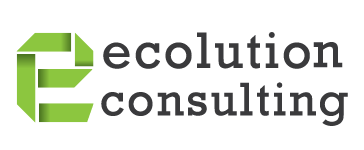(Image source: freepik.com)
The green building movement specialises in the creation of sustainable built environments. The process involves the design, construction, and operation of structures that achieve, among other things:
- Energy efficiency
- Resource conservation
- Environmental responsibility
- Occupant health and wellbeing
Green building rating systems are used to assess and optimise existing buildings or to assist in designing and creating entirely new buildings to meet the above criteria.
The outcome: decarbonised, environmentally responsible and resource-efficient buildings.
This article explores the link between a sustainable built environment and meeting SDGs while examining the benefits of green building as a sustainable building model.
Let’s define green building and what it means for the built environment in the South African context:
The Aims of Sustainable Building
The Green Building Council of South Africa has stipulated two essential goals for sustainable built environments:
- Decarbonisation of the built environment
- Enhancement of human health and well-being
A structure is recognised as a sustainable building when these goals are achieved.
Decarbonisation of the built environment
Sustainable structures should reduce environmental impact over the construction and operation phases. This process involves, among other things:
- Using less energy
- Maximising water efficiency
- Minimising waste production
These targets appear straightforward. But, achieving them for real-world building projects can be complex.
Social and economic sustainability
Besides decarbonisation, sustainable structures demonstrate social and economic sustainability. When an environment is designed to safeguard communities, promote health and well-being, and improve the overall quality of life, they are recognised as sustainable.
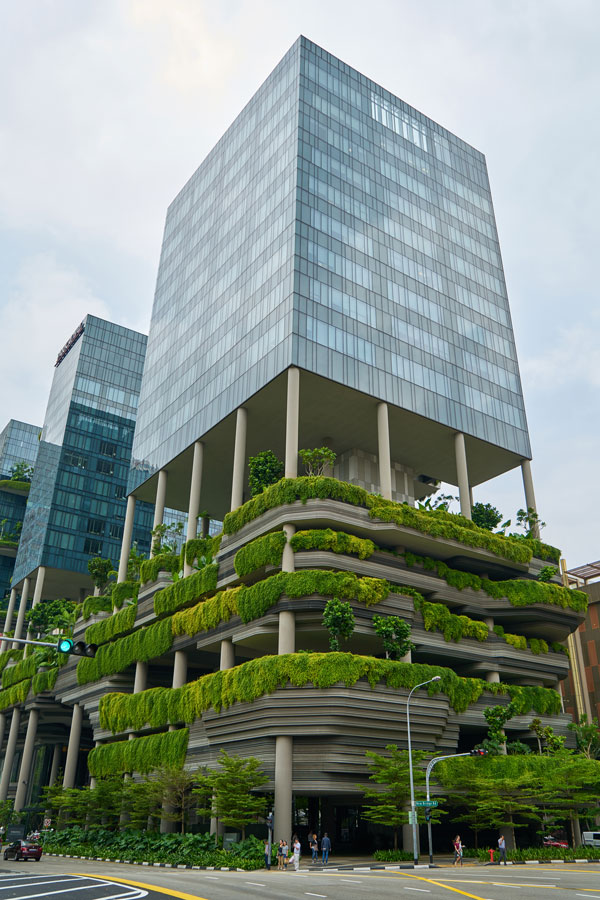
The Principles and Benefits of Green Buildings
The advantages of green buildings are manifold, and can be categorised into two stages: construction and operation. All green buildings – to a greater or lesser extent – are built and maintained using the following principles:
Resource-efficiency
By employing resource efficiency as a design principle, the Green Building Council SA and industry professionals are able to design and evaluate structures that minimise waste output, and maximise resource efficiency. For instance, green builders and architects can work together to create environments with water-efficient systems, local and sustainable sourcing access, and central transportation access in mind.
Benefits at construction
Waste reduction
Sustainable construction practices minimise waste through strategies like the precision cutting of materials and the reuse or recycling of construction waste. This process saves resources and reduces disposal costs and environmental harm during construction.
Reduced upfront embodied carbon
Upfront embodied carbon refers to the carbon emissions that are already locked in at the handover stage of a building’s life cycle (i.e., all the carbon emissions associated with the construction of a building). Green building professionals can use their expertise to advise on the use of carbon-efficient construction materials, such as:
- Timber
- Straw
- Recycled steel
- Rammed earth
- Bamboo
- Reclaimed wood
- Locally sourced stone
Selecting carbon-efficient materials reduces the emissions associated with material extraction, manufacturing, and construction processes, increasing overall resource efficiency at construction.
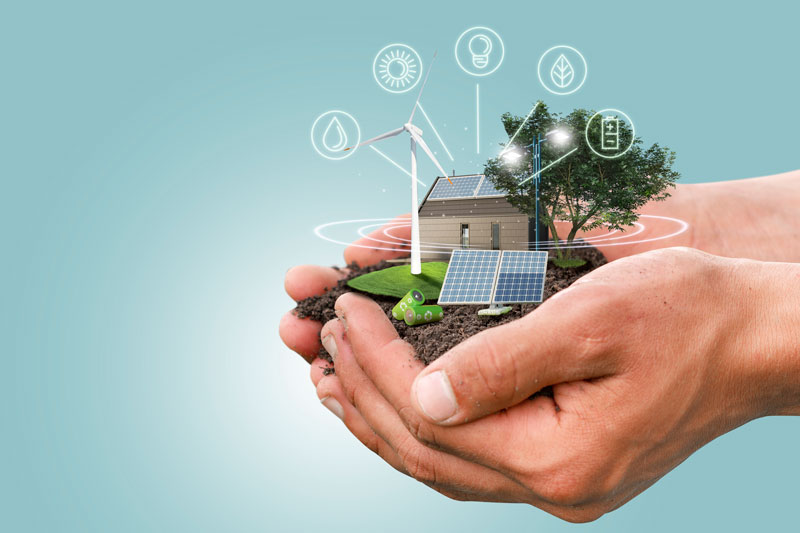
Benefits during operation
Early adoption of sustainable design
By integrating sustainable design, buildings can achieve sustainability over the long term. This process could involve optimising building orientation for natural light and airflow, which can reduce energy consumption. Dematerialisation techniques can also be used, such as open-plan design.
This means that, during day-to-day operation, a building can naturally save energy and resources.
Regulatory compliance
Meeting resource and environmental standards — such as SANS 10400 X — ensures that a building minimises its use of resources within legal limits, such as energy. Green buildings prioritise many of the requirements industry regulators use to assess the efficacy of a building.
Minimised waste output
Green buildings promote recycling and low carbon systems within their day-to-day operation, ensuring that materials are re-integrated — this contributes to a sustainable life cycle for buildings.
Waste-efficient systems reduce water and energy consumption, such as water-saving fixtures and energy-efficient HVAC systems. This process translates to lower energy and material waste output.
Energy efficiency and resilience
Optimised energy systems lead to efficient cooling, heating, and lighting, reducing energy costs for occupants and reducing demand on the grid. Additionally, resilience features like backup power systems can ensure continued operation during power outages or emergencies.
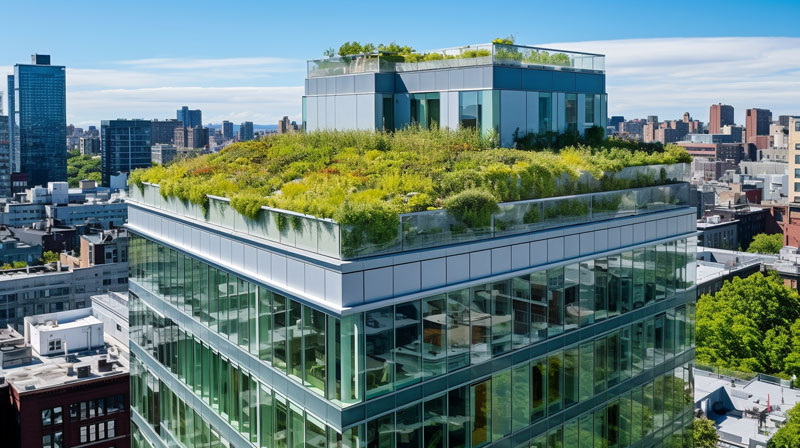
Minimal environmental impact
The outcomes of this principle and resource-efficient practices are mutually dependent – when building design prioritises resource efficiency, a building’s negative impact on its surroundings is naturally minimised during its construction stage.
Benefits during operation
Reduced downstream embodied carbon footprint:
Energy waste places a massive strain on the environment. Green buildings are designed to integrate energy-efficient appliances, renewable energy sources (e.g., solar panels), and ongoing maintenance practices that minimise energy waste.
Improved occupant wellbeing through biophilic/ biomimetic design integration
A building’s effect on its occupants is often overlooked. However, a healthy indoor environment has been shown to affect wellbeing positively. Natural biomimetic elements improve occupant wellbeing, sustainability, and a building’s greater compatibility with its environment at the operation stage.
Please read our article, Exploring Biomimicry and Green Building Design for more in-depth information on the biomimicry movement.
Biodiversity conservation
Sustainable Landscaping can be used to impact local ecosystems positively. Simple measures such as responsible stormwater management can prevent harm to nearby water bodies and local wildlife and minimise habitat disruption and pollution.

Health and well-being
Green buildings prioritise occupants’ health and comfort through:
- Improved indoor air quality
- Natural light and views
- Temperature and humidity control
- Acoustic comfort
- Biophilic design
- Access to nature
- Enhanced safety and security
- Access to quality views
- Access to areas for respite
Green buildings provide healthier and more comfortable living spaces through natural daylighting, improved indoor air quality, and thermal comfort. Structures that are built with the above in mind also benefit wider communities by promoting cleaner environments.
In addition, there is a marked financial benefit of prioritising health and well-being for indoor spaces — countless studies have reported a positive correlation between increased productivity and indoor environments that are designed with occupant wellbeing in mind.
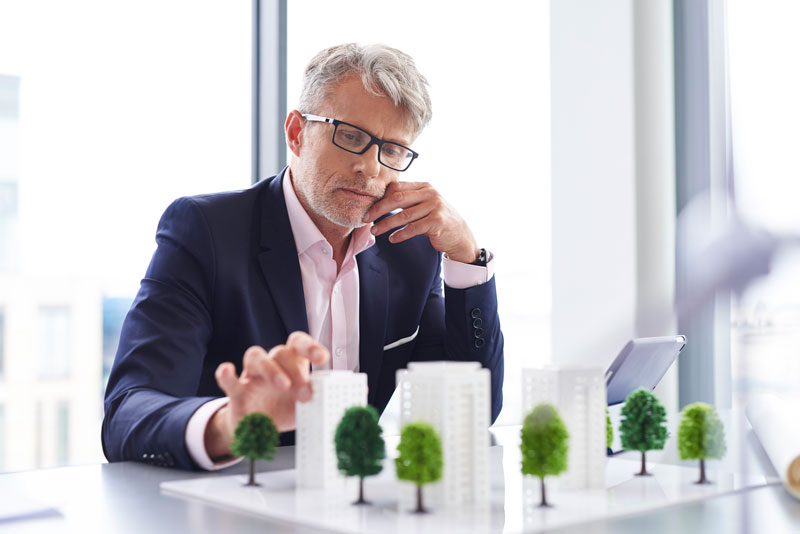
Navigating Green Certifications: The Standard for Responsible Infrastructure
Green certifications are crucial in quantifying sustainable achievements and influencing building design and operation. The three prominent certifications used extensively in South Africa are:
- Green Star
- LEED
- EDGE
Green Star
The Green Star certification process is renowned for its comprehensive approach, focusing on sustainability across design, construction, and operation. It evaluates energy efficiency, water conservation, and indoor environmental quality. Achieving a Green Star rating demonstrates a commitment to holistic sustainability..
The new Green Star V2 Tool
André Harms explains that a lack of focus on responsible practices waylays opportunities for true transformation for the built environment. By focussing on building qualities that are routinely overlooked, we can advance environments that create lasting social equity in years to come:
“The indoor environments we find ourselves in for many hours a day shape our physical and mental health. They influence our productivity and many other human development and life aspects.”
Andre highlights the value of next-generation rating frameworks, like the Green Star New Build V2 Tool, in advancing these qualities.
An essential evaluation category in this updated tool is the Responsible category. Its criteria assess how buildings are handed over, emphasising their environmental responsibility, functionality, and efficiency.
LEED (Leadership in Energy and Environmental Design)
LEED, a globally recognised certification, emphasises building performance, resource efficiency, and occupant wellbeing. It offers various certification levels, encouraging continuous improvement in environmental responsibility.
EDGE (Excellence in Design for Greater Efficiencies)
EDGE certification concentrates on energy and water efficiency and embodied carbon of building materials, making sustainable buildings accessible in emerging markets. It encourages developers to incorporate cost-effective green features into their projects.

In Summary: Achieving Green Certification
Residential and commercial certification processes often involve rigorous criteria and detailed documentation. Meeting these criteria necessitates a thorough understanding of sustainable design and construction practices, materials, and systems.
The intrinsic value of earning green certification for buildings extends beyond environmental responsibility, including:
- Public recognition
- Enhanced occupant well-being
- Improved marketability
- Increased property valuations.
The Green Building Council of South Africa (GBCSA) is crucial in facilitating a wide range of green building certifications in South Africa and the rest of the continent.
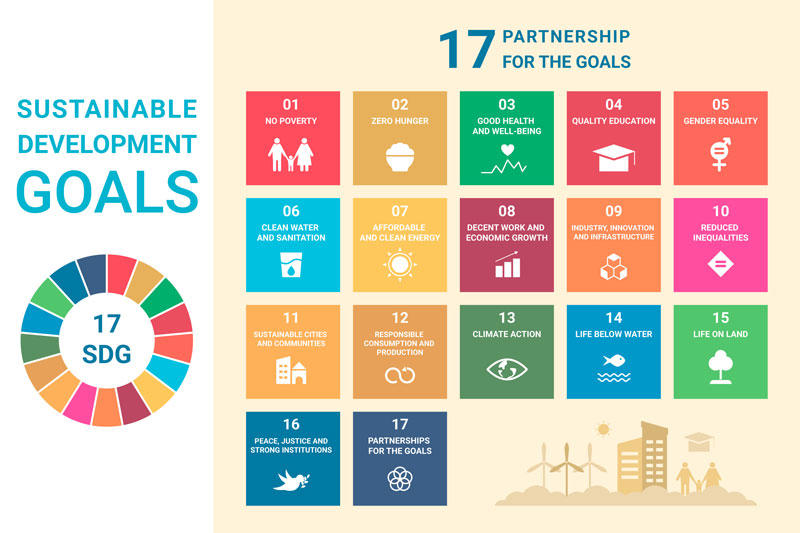
Exploring Green Building: In Summary
In conclusion, green building practices embody a commitment to a sustainable and responsible future. As a result, green buildings align with numerous Sustainable Development Goals (SDGs), including:
- SDG 17 – Partnerships for achieving collective goals
- SDG 13 – Climate action
- SDG 9 – Industry, innovation, and infrastructure
- SDG 7 – Affordable and clean Energy
- SDG 3 – Good health and well-being
- SDG 6 – Clean water and sanitation
- SDG 11 – Sustainable cities and communities
- SDG 10 – Reduced inequalities
- SDG 8 – Decent work and economic growth
- SDG 12 – Responsible consumption and production
- SDG 15 – Life on land
Ecolution Consulting is a seasoned partner and consultant in this journey towards a greener built environment, driving the principles, benefits, and certifications that shape a more sustainable world.
Contact us for more information on how we help our clients leave behind a sustainable legacy.

